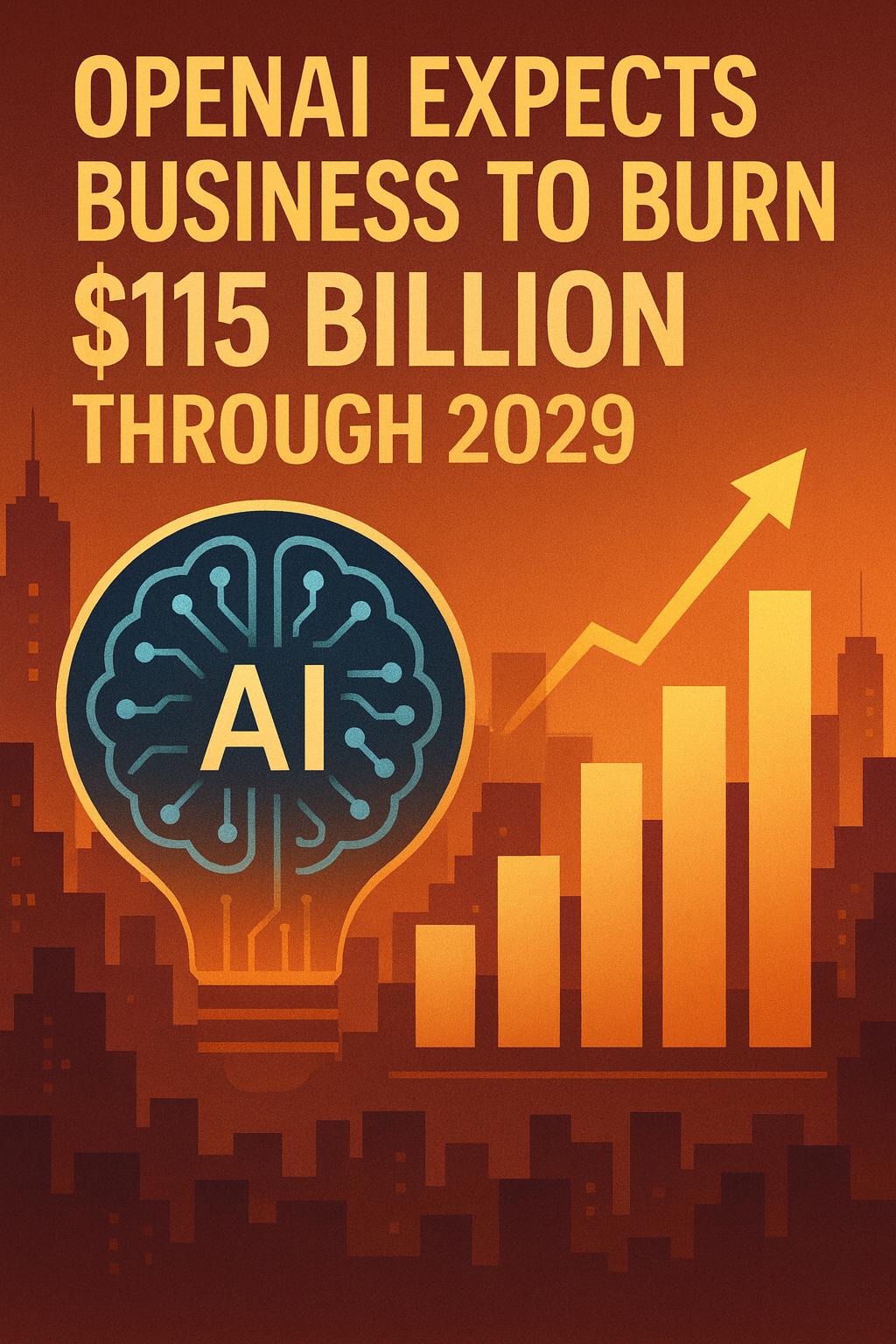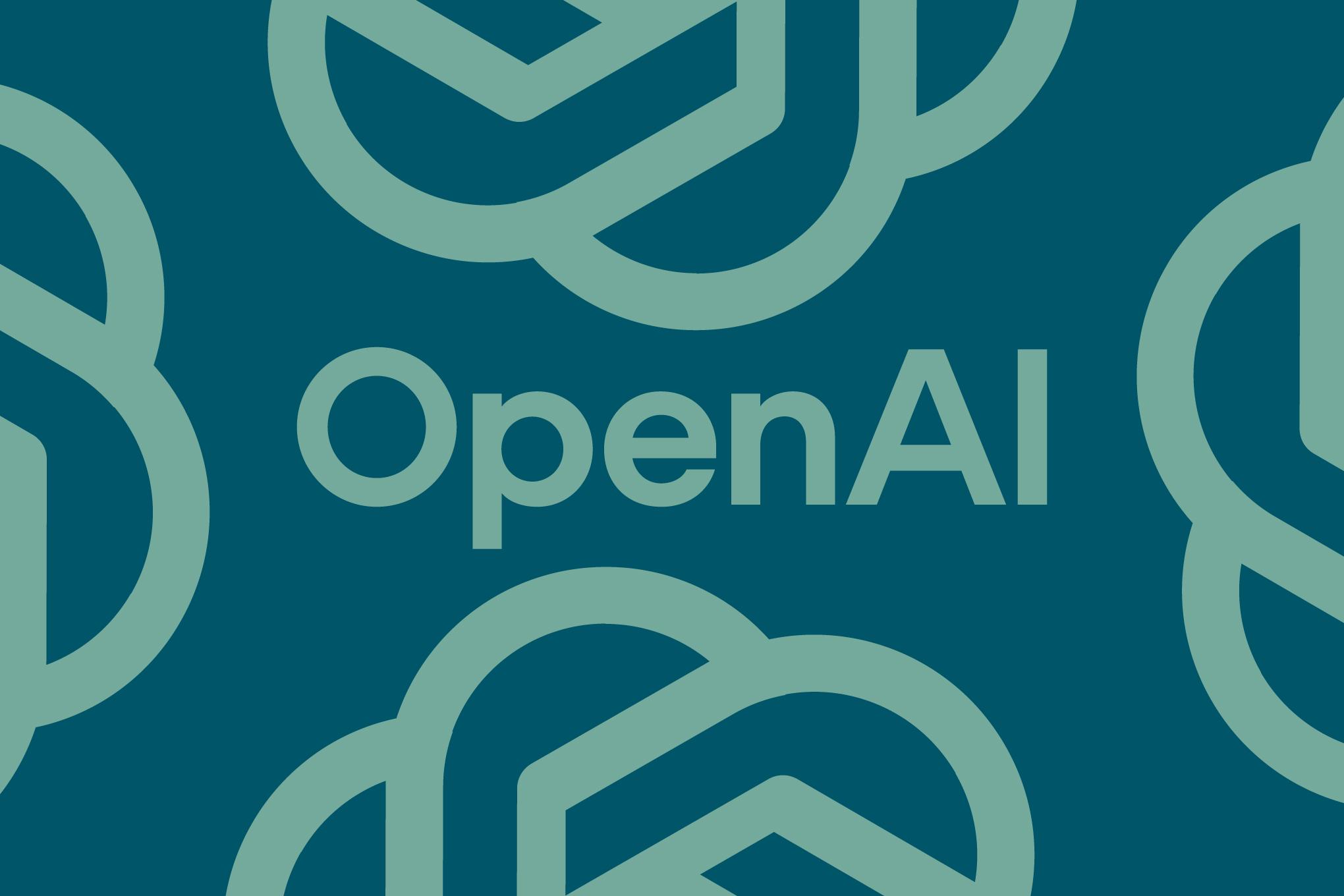
OpenAI's Strategic Vision: Massive Investment and Infrastructure Expansion
In a remarkable display of technological ambition, OpenAI has dramatically revised its financial projections, now forecasting a staggering $115 billion cash burn through 2029. This eye-watering figure represents an $80 billion increase from the company's previous estimates, underscoring the enormous scale of investment required to maintain leadership in the rapidly evolving artificial intelligence landscape.
The revised forecast highlights OpenAI's commitment to powering its cutting-edge technologies, with the ChatGPT chatbot serving as the centerpiece of its revolutionary AI ecosystem. As one of the largest cloud server tenants globally, the company is prepared to spend over $8 billion this year alone, marking a substantial $1.5 billion increase over prior expectations. These investments not only demonstrate the company's unwavering dedication to growth but also illuminate the complex and costly terrain of advanced AI development.
Strategic Partnership with Broadcom: Developing Custom AI Chips
To control these soaring operational costs and maintain technological independence, OpenAI is taking decisive steps toward vertical integration. The company has forged an exciting partnership with U.S. semiconductor giant Broadcom to develop custom data center server chips specifically designed for AI workloads. This strategic alliance represents a significant shift toward self-reliance, with OpenAI's first proprietary artificial intelligence chip scheduled for debut next year.
Unlike many technology companies that commercialize their innovations, OpenAI intends to keep these specialized chips exclusively for internal use. This approach signals the company's determination to maintain proprietary advantages and optimize performance for its specific AI applications while reducing long-term dependency on external chip suppliers.
Expanding Cloud Infrastructure Through Oracle Partnership
OpenAI's infrastructure expansion strategy extends beyond chip development to encompass massive data center capacity increases. The company has significantly strengthened its alliance with Oracle, announcing ambitious plans for 4.5 gigawatts of data center capacity through the revolutionary Stargate initiative. This groundbreaking collaboration involves a planned investment of up to $500 billion and includes partnerships with major technology investors like Japan's SoftBank Group.
The Stargate project represents one of the most ambitious infrastructure undertakings in the technology sector, with potential capacity reaching up to 10 gigawatts. Additionally, OpenAI has diversified its supplier network by enlisting Google Cloud as a computing resource provider, ensuring robust support for its expanding operational requirements.
Financial Trajectory and Future Projections
The financial implications of OpenAI's aggressive expansion strategy are substantial and progressive. The company's cash burn is projected to more than double next year, reaching over $17 billion, before escalating dramatically to $35 billion by 2027 and ultimately reaching $45 billion by 2028. These figures paint a vivid picture of the relentless pursuit required for AI-driven innovation and capture the high stakes involved in OpenAI's visionary path forward.
This escalating investment pattern reflects the immense computational resources required to train and deploy increasingly sophisticated AI models. As the technology landscape becomes more competitive, OpenAI's willingness to commit such substantial resources demonstrates its determination to maintain technological leadership and continue pushing the boundaries of artificial intelligence capabilities.
The comprehensive strategy encompassing custom chip development, massive infrastructure expansion, and strategic partnerships positions OpenAI to control its technological destiny while building the foundation necessary for the next generation of AI innovations. These bold moves represent not merely business decisions but strategic maneuvers that could fundamentally reshape the artificial intelligence industry and establish new standards for technological capability and performance.





